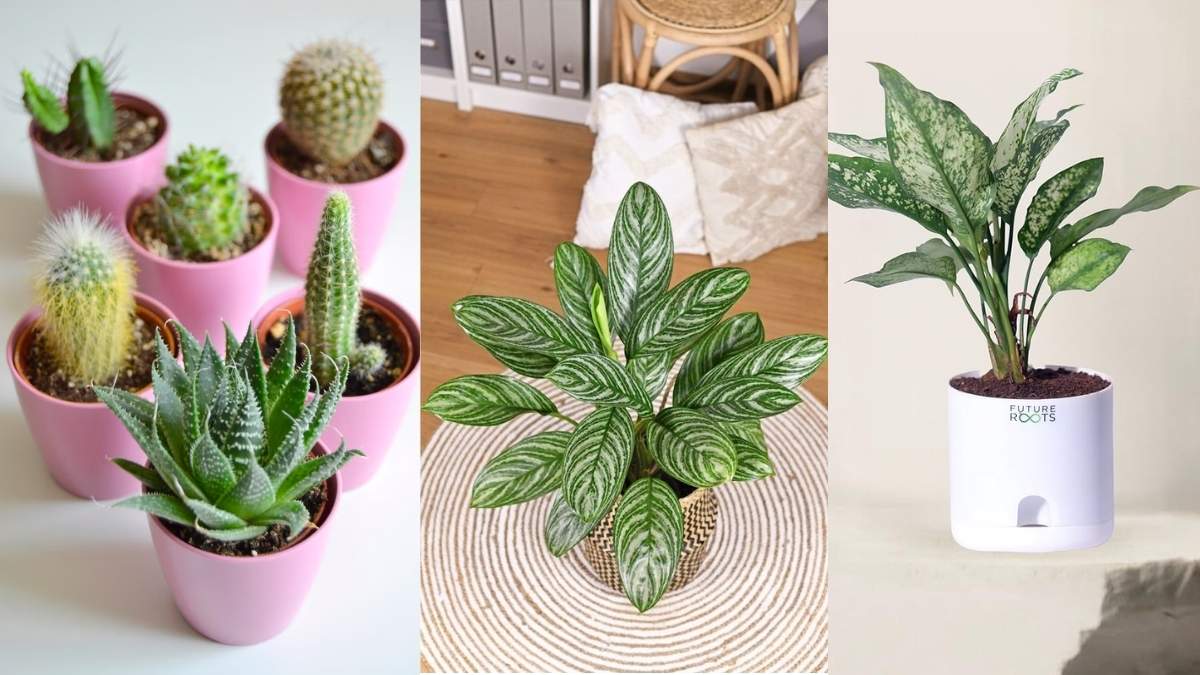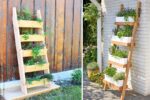Join on WhatsApp
Get the latest updates directly on WhatsApp – motivation, news & more!
Bringing greenery indoors is one of the simplest ways to refresh a space, purify the air, and add life to your home. But for many, keeping houseplants alive can feel like a struggle. Too much sun, too little water, unexpected drafts, or indoor heating systems often make houseplants look more stressed than stylish.
The secret to effortless indoor greenery? Choosing plants that are naturally adapted to your home’s existing climate conditions. Whether your home is dry, humid, cool, or warm, there’s a plant that thrives in it. Understanding this connection between environment and plant origin makes all the difference in creating a low-maintenance, thriving indoor garden.
Why Climate Matters in Plant Selection
Houseplants, like all living things, evolve to survive in specific environmental conditions. When you match a plant’s natural habitat to the environment inside your home, you’re setting it up for success with minimal effort.
For example, if you live in a dry, warm apartment, desert plants like succulents and cacti will thrive with ease. On the other hand, if your home tends to be cool and moist, tropical plants like ferns or peace lilies may feel more at home.
Instead of constantly adjusting your home to fit a plant’s needs adding humidifiers, grow lights, or heaters choosing plants that already “fit in” saves time, money, and frustration.
Best Houseplants for Dry Indoor Climates
Many homes, especially in colder regions during winter, become very dry due to indoor heating. In these conditions, plants adapted to arid environments will thrive without frequent watering or humidity.
Aloe vera is a classic example. Native to dry regions, it stores water in its thick leaves and prefers infrequent watering. Snake plants are another excellent choice. Their tough, upright leaves resist drying out and can handle low humidity with ease.
Cacti of all varieties are built for dry conditions and rarely need more than a sunny windowsill and a splash of water every few weeks. These plants also resist pests and rarely suffer from diseases, making them perfect for forgetful plant parents.
Houseplants That Love Warm, Sunny Rooms
If your home gets a lot of natural sunlight and stays warm year-round, you’re in luck. Many popular houseplants thrive in these conditions and grow quickly when given plenty of light.
Ficus trees, such as the fiddle leaf fig or rubber plant, enjoy bright, indirect light and consistent warmth. They can grow quite large indoors and add bold, sculptural shapes to your space.
Jade plants, a type of succulent, also do well in warm, sunny environments. Their plump, rounded leaves store water and love basking in bright light.
Another great option is the ponytail palm. Despite its name, it’s not a true palm but rather a desert plant with a thick water-storing base and thin, arching leaves. It thrives in warm rooms and adds a tropical flair to your decor.
Ideal Plants for Cool or Low-Light Spaces
Not every home has floor-to-ceiling windows and steady warmth. If your space tends to stay cooler or lacks abundant sunlight, that doesn’t mean you can’t have houseplants. It just means choosing ones that can tolerate lower light and cooler conditions.
Pothos is a nearly indestructible vine that can grow in low light and tolerate cooler temperatures. Its trailing leaves add a lush look to bookshelves, cabinets, or hanging baskets.
Cast iron plant, as the name suggests, is one of the toughest houseplants available. It tolerates low light, cool drafts, and irregular watering. Its deep green leaves grow slowly but steadily, and it requires very little maintenance.
Chinese evergreen is another good fit for cool, dimly lit areas. It comes in various leaf patterns and colors and adapts well to indoor life with minimal fuss.
Tropical Plants for Humid Homes or Bathrooms
If your home stays naturally humid, or if you’re looking to add greenery to a bathroom, tropical plants are an excellent match. These species evolved in rainforests and love warm, moist air.
Ferns, especially Boston and maidenhair ferns, flourish in humid spaces. Their delicate, feathery fronds look beautiful on shelves or in hanging baskets, and they thrive in bathrooms where steam from showers boosts humidity.
Peace lilies also enjoy humidity and low to moderate light. Their dark green leaves and occasional white flowers make them a popular indoor plant. They’re forgiving when it comes to watering and even give a clear signal drooping slightly when they need a drink.
Calatheas are prized for their dramatic, patterned foliage and love humidity. While they can be fussy in drier environments, they do well in rooms with consistent moisture in the air.
How to Tell What Climate Your Home Has
Before filling your home with plants, it’s worth observing your space. Is your apartment usually dry in winter? Does it get intense afternoon sun? Are your windows shaded most of the day? Does your bathroom stay humid after showers?
A few quick checks can help:
- Use a thermometer and humidity meter to measure temperature and moisture levels in different rooms.
- Notice how much light each space receives during the day. Light changes throughout the year, so observe for a few days if you’re unsure.
- Consider your own comfort if you often feel dry skin, need fans in the summer, or run a humidifier, that gives clues about your home’s conditions.
Once you understand your home’s microclimates, it becomes easier to choose the right plants for each space.
Minimal Effort, Maximum Greenery
The beauty of climate-adapted houseplants is that they take much of the guesswork out of plant care. Instead of constantly trying to adjust your environment for the plants, the plants adjust to you. They need less intervention, are more resilient, and reward you with steady, healthy growth.
By matching your indoor conditions to the natural preferences of your plants, you’ll enjoy a thriving indoor jungle with less effort and more success.
Start with One, Grow from There
If you’re new to houseplants or have struggled with them in the past, start with just one plant that suits your home’s environment. As you gain confidence and understand its needs, you can slowly add more varieties to different parts of your home.
Choose plants not just for their appearance, but for how well they’ll fit into your daily routine and existing climate. The more aligned a plant is with your home’s natural conditions, the less maintenance it will require and the more enjoyment you’ll get from watching it grow.




